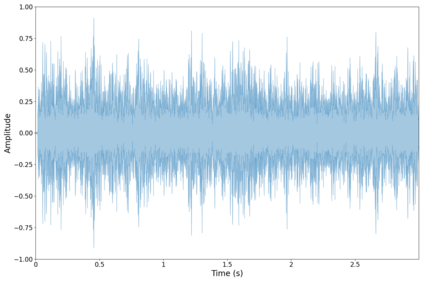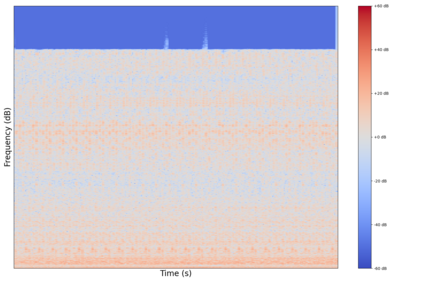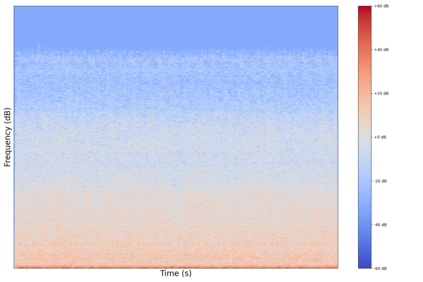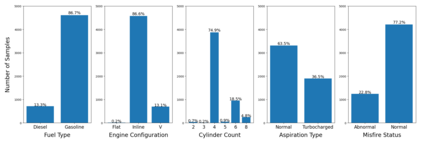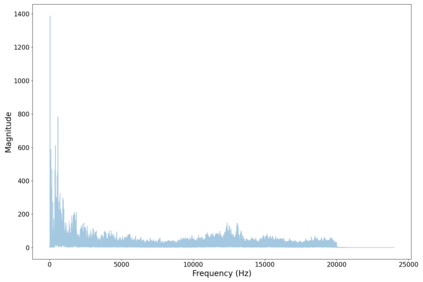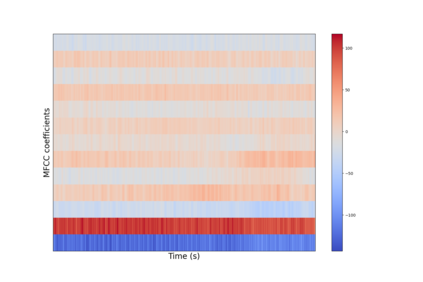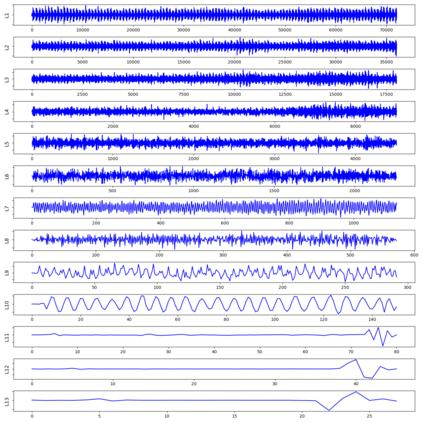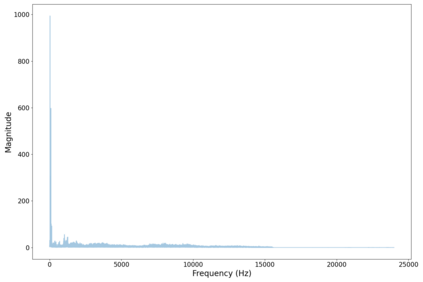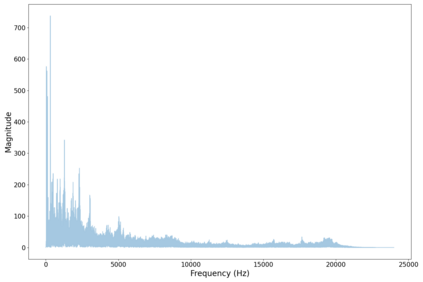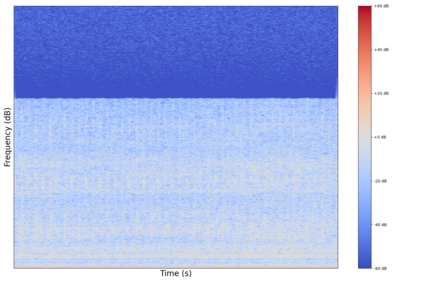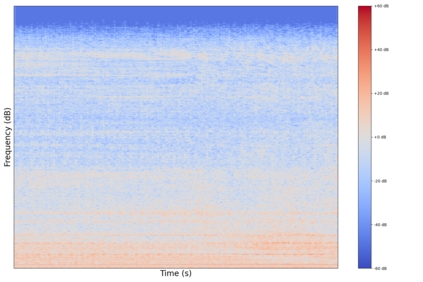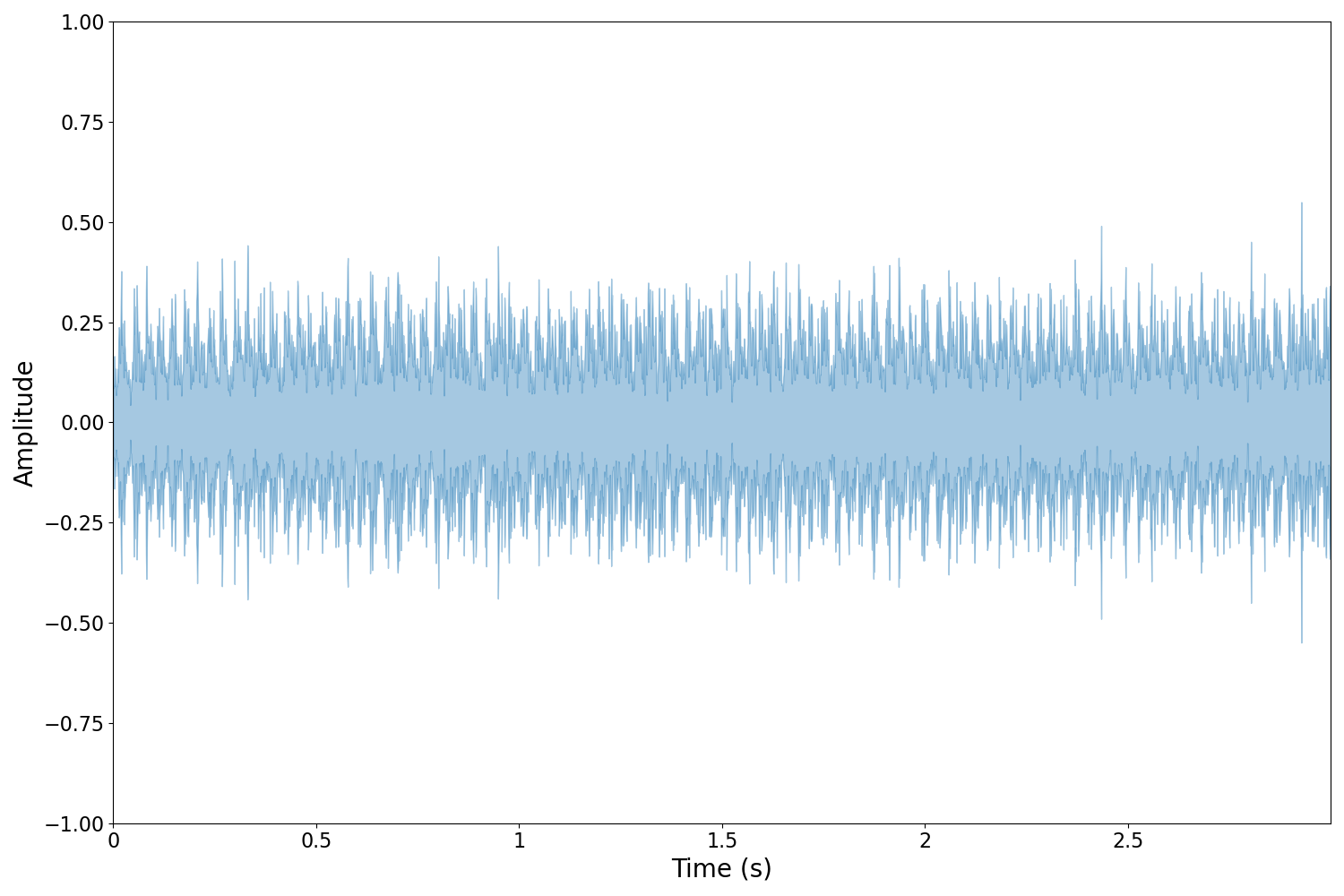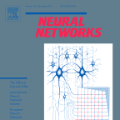In a world increasingly dependent on road-based transportation, it is essential to understand vehicles. We introduce the AI mechanic, an acoustic vehicle characterization deep learning system, as an integrated approach using sound captured from mobile devices to enhance transparency and understanding of vehicles and their condition for non-expert users. We develop and implement novel cascading architectures for vehicle understanding, which we define as sequential, conditional, multi-level networks that process raw audio to extract highly-granular insights. To showcase the viability of cascading architectures, we build a multi-task convolutional neural network that predicts and cascades vehicle attributes to enhance fault detection. We train and test these models on a synthesized dataset reflecting more than 40 hours of augmented audio and achieve >92% validation set accuracy on attributes (fuel type, engine configuration, cylinder count and aspiration type). Our cascading architecture additionally achieved 93.6% validation and 86.8% test set accuracy on misfire fault prediction, demonstrating margins of 16.4% / 7.8% and 4.2% / 1.5% improvement over na\"ive and parallel baselines. We explore experimental studies focused on acoustic features, data augmentation, feature fusion, and data reliability. Finally, we conclude with a discussion of broader implications, future directions, and application areas for this work.
翻译:在一个日益依赖公路交通的世界中,理解车辆是至关重要的。我们引入了AI机械,一个声学车辆特征分析深层学习系统,作为一个综合方法,使用移动设备获取的音响,提高车辆的透明度和了解以及非专家用户对车辆状况的了解。我们开发和实施新的车辆理解分层结构,我们将其定义为顺序、有条件和多层次的网络,处理原始音频,以提取高度凝聚的洞察力。为了展示层层层结构的可行性,我们建立了一个多任务连接神经网络,预测和升级车辆特性,以加强故障检测。我们用一套综合数据集来培训和测试这些模型,该数据集反映40多小时的音频增强和理解,并实现>92%的特性(燃料类型、发动机配置、气轮计和期望类型)验证数据集。我们的分层结构还实现了93.6%的验证和86.8%的测试,对误差预测设定了准确度,显示比天线和平行基线差16.4%/7.8%和4.2%/1.5 %的改进率。我们探索了这些模型,并研究了更广义的可靠性、数据、增强性、增强性、增强性的数据应用领域。我们最后将研究,完成了。我们研究了地质特性、增强性数据领域,并完成了。


